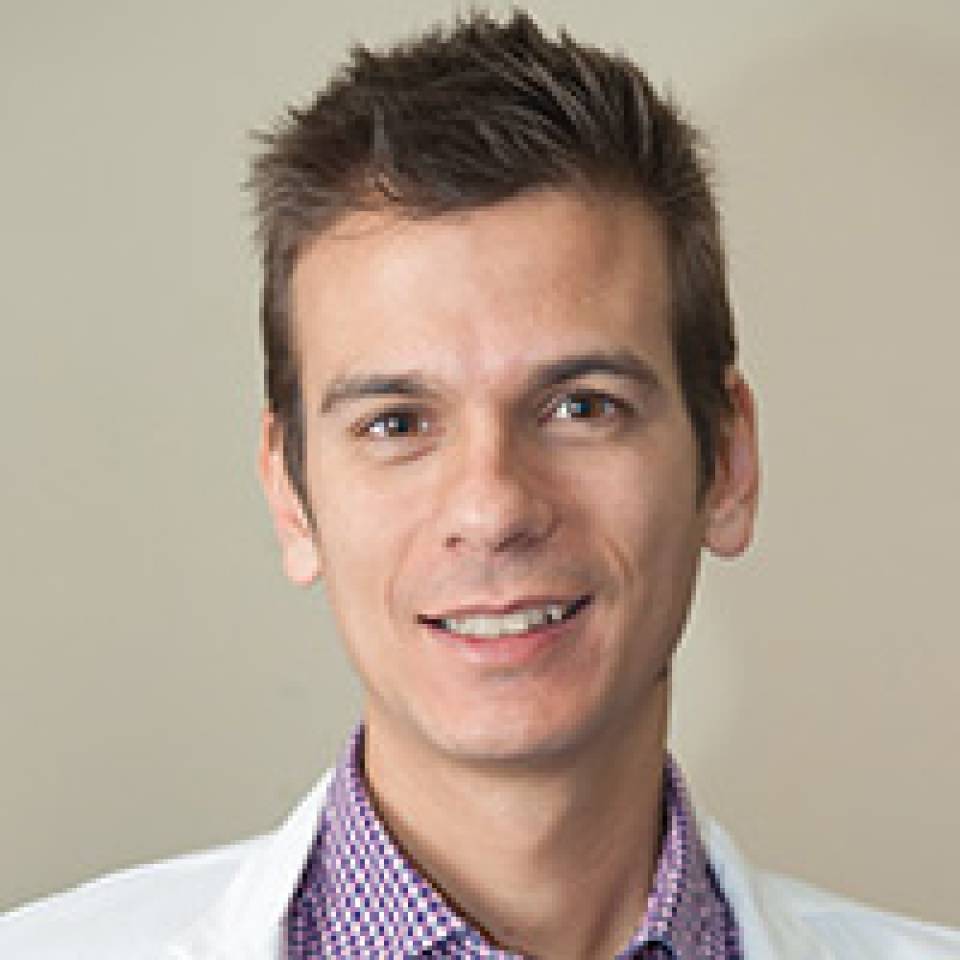Substantiated information by:
Anna Giménez Palomo
Psychiatrist
Bipolar and depressive disorders Unit
Antonio Benabarre Hernández
Psychiatrist
Department of Psychiatry and Psychology
Elisabet Macau Duch
Nurse
Schizophrenia Unit
Inmaculada Baeza Pertegaz
Psychiatrist
Child and adolescent Psychiatry Department
Isabella Pacchiarotti
Psiquiatra
Bipolar and depressive disorders Unit
Miquel Bioque Alcázar
Psychiatrist
Psychiatry and Psychology Department
Ricard Valero Castell
Anaesthesiologist
Department of Anaesthesiology, Resucitation and Pain Treatment
Published: 13 July 2018
Updated: 20 May 2025
Subscribe
Receive the latest updates related to this content.
Thank you for subscribing!
If this is the first time you subscribe you will receive a confirmation email, check your inbox
An error occurred and we were unable to send your data, please try again later.





